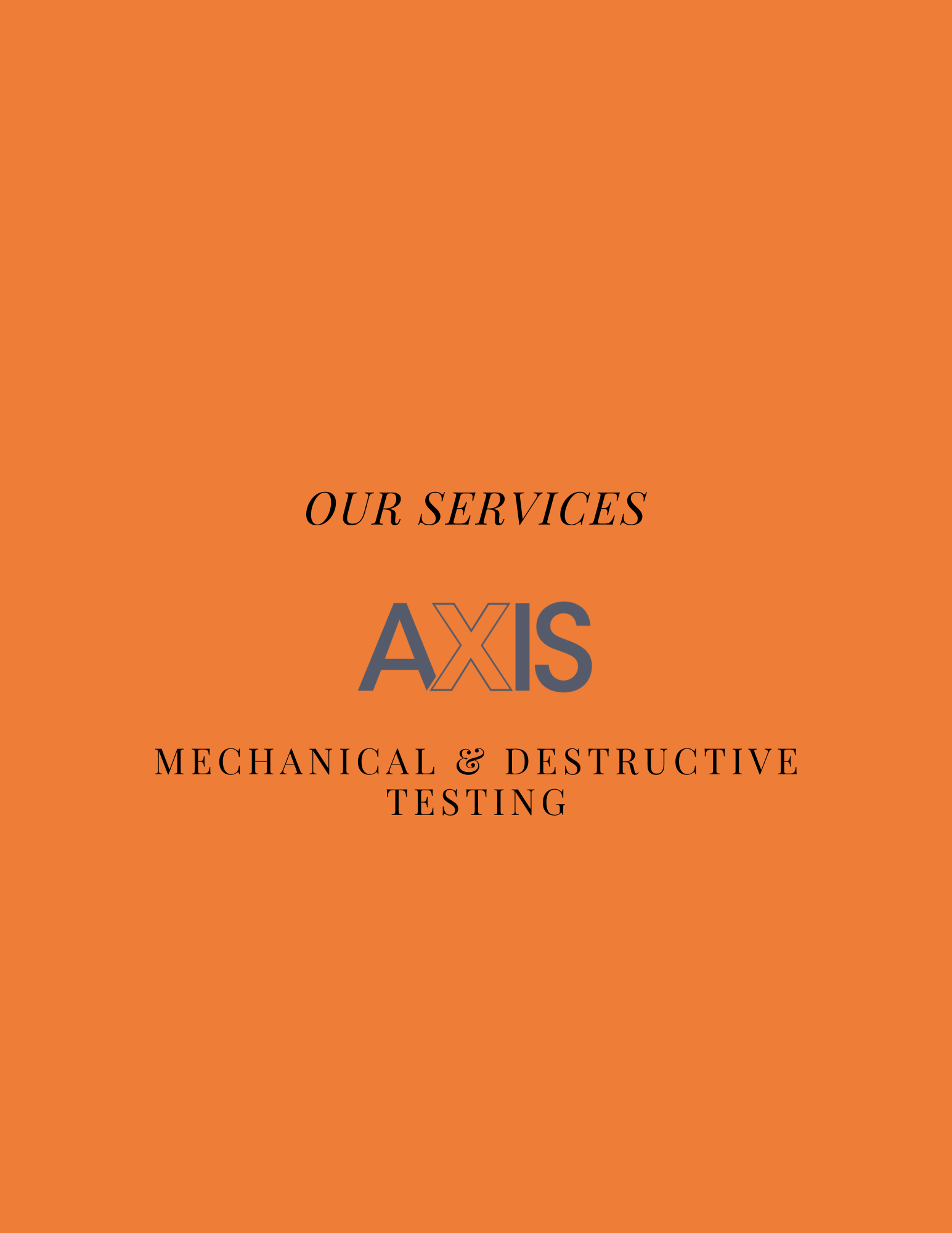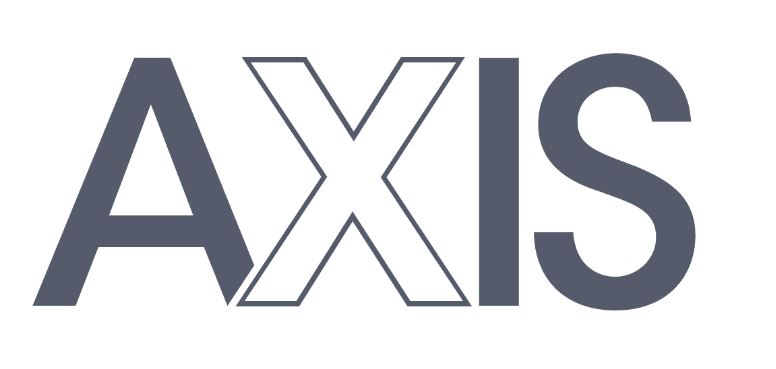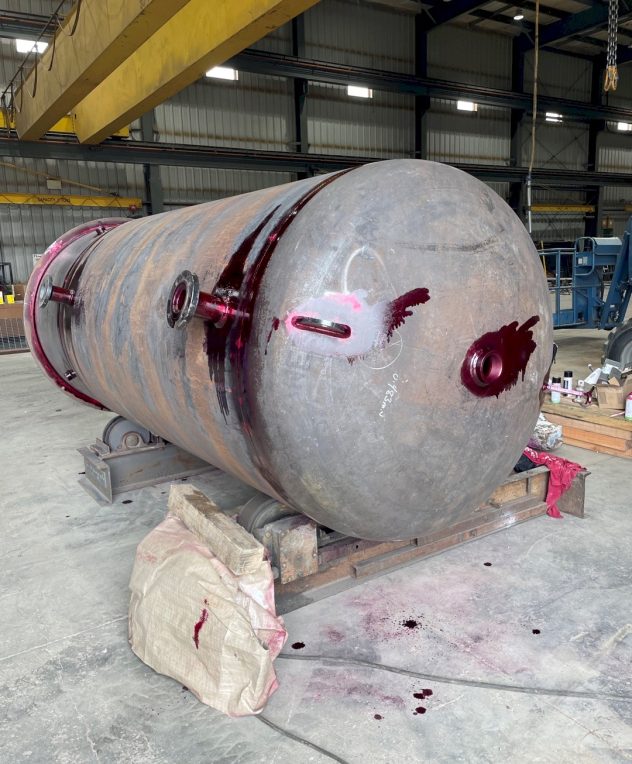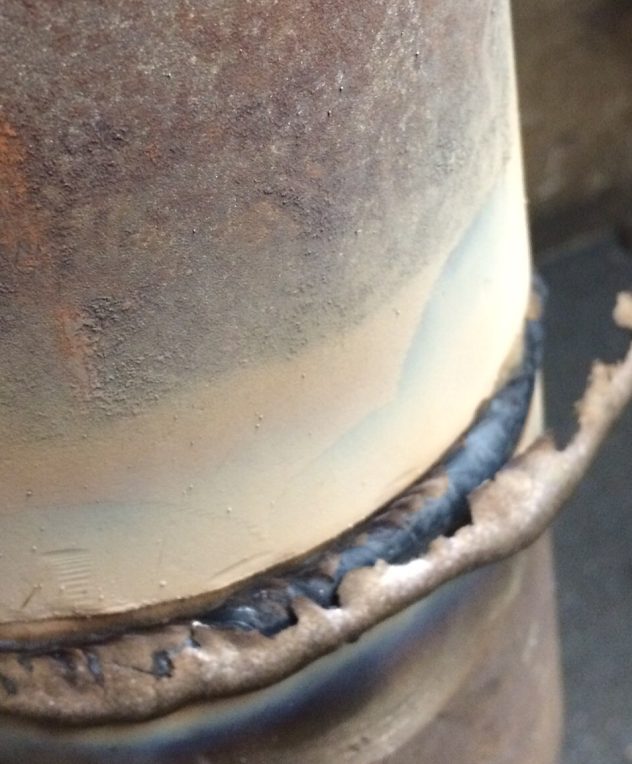
Mechanical & Destructive Testing
Across the globe, welding is used to connect pieces of material to build something bigger. In the complex world of welding, there are many steps taken to ensure that those connected pieces continue to be secure for years to come. Determining the integrity of both the materials connected and the connections themselves can be done by using several different processes including visual testing, non-destructive testing, mechanical or destructive testing. Let’s take a deeper look at the processes for mechanical and destructive testing.
Mechanical Testing:
Mechanical testing of materials evaluates the physical properties to determine their strength, hardness, and ductility. In the welding world, we use several key mechanical tests to assess the welded joints:
- Tensile Testing:
- Tensile Testing:
Tensile testing evaluates the strength of a sample by measuring the force required to cause it to fail. The process for tensile testing requires cutting a dog bone (sometimes referred to as a dumbbell) sample from material and inserting it into a specialized testing machine which applies axial tension by either bending or stretching the sample until it fails.
- Charpy Impact Testing:
Charpy Impact Testing evaluates the energy absorbed by a notched sample while breaking under an impact load. The process requires cutting a standard notched sample from the material and inserting it into a specialized testing machine which drops a pendulum of a known weight and length from a specified height impacting a standardized notched sample. The result can be used to determine the ductility of a material.
- Hardness Testing:
Hardness testing evaluates the material’s resistance to indentation or penetration (such as bulletproof panels for a law enforcement vehicle). There are several methods that can be used to determine the hardness of a material including the Rockwell test, Vicker’s test, Knoop test, and Brinell test. The method required is determined by the microstructure of the material being tested.
Destructive Testing:
Destructive testing evaluates how the materials and welded joints respond to stress and external forces. This requires subjecting samples to extreme conditions to determine at what point they will fail.
- Bend Test:
A bend test evaluates the force required to achieve a plastic deformation or failure of a welded sample and identifies defects such as cracks, lack of fusion, or inadequate penetration. The test is performed by cutting a sample in accordance with the applicable welding standard and positioning it in a universal testing machine centering the weld between two anvils. The machine then applies pressure from above, bending the sample. Once the sample has been bent, it is visually inspected by certified inspection personnel for defects.
- Fracture Toughness Testing:
Fracture Toughness Testing evaluates how much stress is required to fracture the test material. It is crucial for determining the susceptibility to brittle fracturing in a welded joint. The test is performed by applying a constantly increasing load to the joint until it fails and is performed by inserting a sample into an EDM machine which applies a load to the sample until it fails.
While both mechanical and destructive testing can reveal how a specific material or welded joint responds to extreme conditions and stress, it is important to combine both methods to provide the most comprehensive evaluation of the sample. A few of the benefits of these testing methods include:
- Quality Assurance:
The use of Mechanical and Destructive testing ensures that both the materials being used as well as the welded joints themselves meet the specifications described within the code applicable to the work being performed.
- Identification of Defects:
Mechanical and Destructive testing can be integral in pinpointing anomalies in parent materials as well as defects and deficiencies in the welds used to join the material together.
- Predicting Performance Over Time:
The majority of methods used to perform mechanical or destructive testing have associated calculations which can be used by engineers to predict how well the material and joints will stand up to real-world conditions and stress over time and determine the expected lifespan of the end product.
How We Can Help You:
At Axis Inspection, we understand the critical role that mechanical and destructive testing play in ensuring the quality and durability of welded structures. Our experienced team offers comprehensive testing services tailored to meet your specific needs. By leveraging advanced testing methods and industry expertise, we can help you:
– Ensure Compliance:
Our testing services ensure that your materials and welded joints meet or exceed industry standards and specifications, providing peace of mind that your products are built to last.
– Identify and Address Issues Early:
We can detect potential defects and weaknesses in your welds before they become major problems, helping you avoid costly repairs and downtime.
– Optimize Performance:
Our detailed analysis and reporting help you understand how your materials and joints will perform under real-world conditions, enabling you to make informed decisions about design and maintenance.
Contact us today to learn more about how our mechanical and destructive testing services can support your quality assurance program and contribute to the success of your projects.






